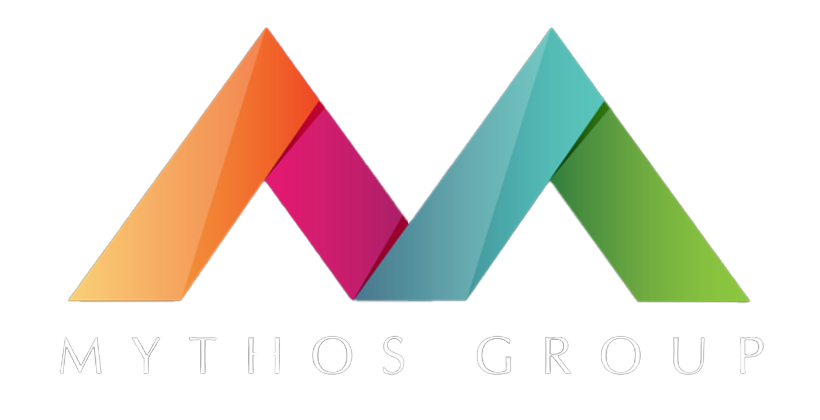75% Of Executives Say Their Workforce’s Well-Being Is Improving. Employees Disagree.
With the rise in remote work and a new generation of employees, workforce well-being has been on the minds of employers and workers alike. Both sides of the coin believe employee well-being is essential, yet there’s a perception gap between what C-suite leaders think is happening and reality.
In a 2023 survey, three in four executives believed their workforce’s well-being improved over the prior year, but most employees said their health worsened or stayed the same. This is true across employees’ physical, mental, financial, and social health.
In addition, 95% of executives believe workers would say that the C-suite cares about their well-being, while only 50% of employees agree.
“The return on investment for employee wellness programs is extremely high. For every dollar spent on the program, organizations can yield $6 in health care savings,” said Amit Patel, president of strategy and transformation consulting firm Mythos Group. “But to maximize this return, your wellness benefits need to match what your workers actually need. That’s why understanding and filling these perception gaps is crucial.”
So where exactly are these disconnects, and how can your business ensure its employee wellness perks are actually working? We took a closer look for you.
Disconnects On Employee Well-Being
Employees and executive leaders are experiencing divides in a number of ways related to workforce well-being. These disconnects could be the reason why employees’ health is getting worse despite businesses’ efforts and investment in wellness packages. Here are a few of the gaps the survey found.
Satisfaction With Wellness Benefits
Less than half of employees report some level of satisfaction with their current well-being benefits. But, just 2% of executive leaders suspect workers might be unhappy. In fact, 90% of leaders believe workers are content with their wellness benefits.
This perception gap may be heightened by actual benefit utilization rates. Around 60% of employees only use a few of the wellness benefits offered to them, mostly because they feel like the offerings don’t match their needs. They also report problems with leadership’s communication about what benefits are available to them.
Improved communication and feedback systems for learning what employees need could help prevent your business from becoming part of these statistics.
Leadership Modeling & Transparency
Up to 84% of C-suite leaders agree that their employees are more likely to be healthy if they set an example of health and are open about their own well-being. While nearly three-fourths of executives say they regularly share information about their health with employees, only 16% of employees feel this level of transparency from their leaders.
Employers can help bridge this gap by being more open with their teams and by setting a good example of well-being in the workplace, such as leaving the office on time at the end of each day and utilizing company perks.
Different Takes On Prioritization
Leaders and employees don’t see eye to eye on how well their company is doing when it comes to prioritizing work-life balance and human sustainability. Nearly 90% of executives report their company is making efforts to support employees’ livelihoods, while just 41% of employees agree.
Maybe this is true, or maybe it comes down to a lack of communication. If your C-suite is making conscious efforts to prioritize its workers’ health, make sure your workforce knows about it, and ask for their input.
Taking Action
Most employees expect their employers to advance human sustainability efforts at work by offering things like:
- Opportunities to develop new skills
- New practices that support employees’ health
- Ways to help employees feel a sense of purpose and belonging
But while 94% of executives say they’re taking at least one step in doing so, employees believe their employers are still falling short.
These initiatives are especially important to Millennial and Gen Z workers, which make up 67% of the current workforce. To attract younger talent, your business can’t afford to ignore workers’ desires around their health and morals.
Wellness Benefit Examples That Are Actually Working
If your wellness benefits aren’t hitting the mark with your workforce, you may be wondering what would help bridge these gaps. The first place to start is to determine what your employees need or value most.
While health insurance ranked as the most important benefit in 2023, more than 50% of employees feel that the importance of mental health-specific benefits is growing. Additionally, 40% reported a greater desire for access to financial wellness benefits, such as financial coaching.
To gather ideas, check out what other companies are providing as unique human-first benefit options that are resonating with employees.
Salesforce
Over the past few years, Salesforce increased its focus on employee mental health by offering free therapy for workers and their families via a partnership with Lyra Health. The company has also re-emphasized its commitment to diversity by offering gender affirmation medical reimbursement and leave options.
Broadridge
At some of its largest locations, Broadridge, a financial technology company, offers access to on-site specialists such as:
- Medical staff
- A psychotherapist
- A clinical social worker
- A credentialed alcohol and substance use counselor
Its UK office also offers a mental health first aid program for bereavement leave, offering employees a first point of contact when they’re experiencing emotional distress and enabling them not to worry about navigating time-off balances.
Palo Alto Networks
Cybersecurity company Palo Alto Networks provides employees with access to a self-service health platform where they can set up private sessions with certified:
- Career coaches
- Financial well-being coaches
- Licensed clinical therapists
- Unlimited live group sessions
- Guided meditations
The company also offers an annual $1,000 stipend for any items or experiences that enhance employees’ well-being.
Clif Bar
As part of its commitment to keep the world healthy, Clif Bar has offered employees 2.5 hours of paid gym time per week. Better yet, employees can jaunt on over to a 115,000-square foot space built by the company, which includes:
- Atrium gardens
- Loaner bikes for local errands
- A rock climbing wall
- Two massage rooms
- A dance room
- A fitness center with 33 different classes
While that’s not realistic for many small to mid-sized businesses, it’s fairly easy to offer loaner bikes or consider the idea of paid gym time. Clif Bar’s retention rate was at 96%.
Asana
Project management SaaS provider Asana gives employees a taste of home at the office with home-cooked meals twice a day from a full-time chef. The company also offers in-house yoga and life coaching.
Plan A Top-Notch Wellness Program With Expert Guidance
Regardless of what you choose to include in your business’s wellness package, it’s important to set up systems for gathering employee feedback and measuring satisfaction to connect any gaps among your personnel. This is best accomplished with a strategic partner with deep expertise in organizational strategy and strategic change management.
Let Mythos Group help you create an organizational design that’s purpose-driven and culture-based to increase engagement and improve retention. Contact us today!







